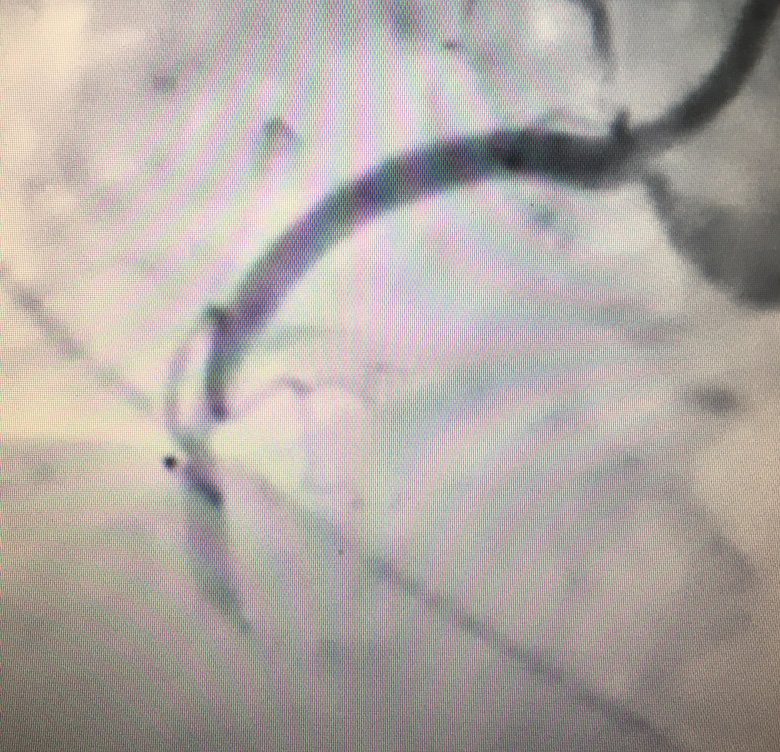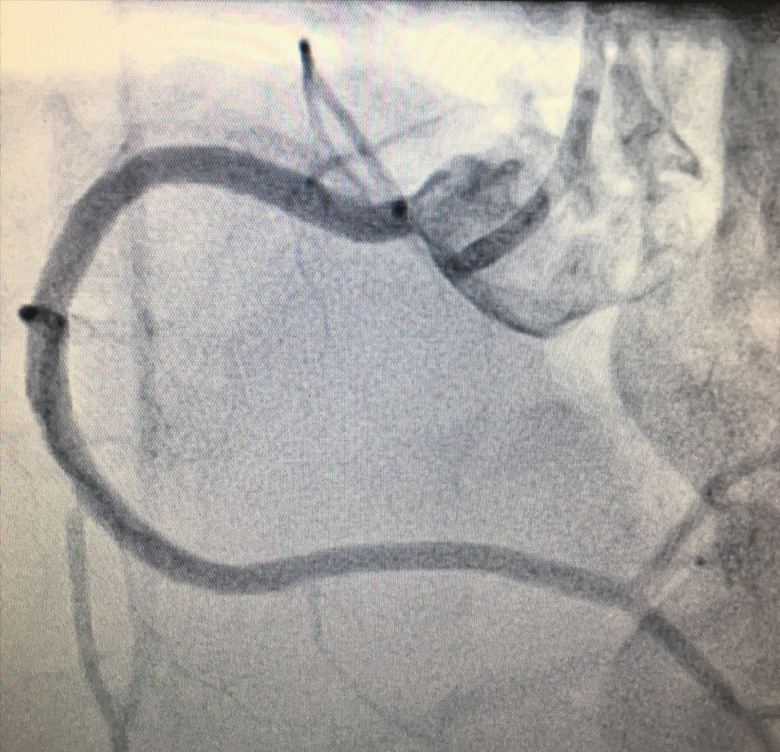Coronary angioplasty (PCI)
Invasive coronary angiography may confirm significant narrowing, or stenosis, of one or more areas in the coronary arteries which may benefit from coronary angioplasty with stent insertion, or sometimes referred to percutaneous coronary intervention (PCI).

Pre PCI

Post PCI
Coronary angioplasty involves the direct treatment of a narrowing or blockage of the coronary arteries to improve angina or treat a heart attack in an emergency setting. The procedure is performed after coronary angiography, under local anaesthetic with direct X-ray guidance and intravenous contrast dye. Initially, a guide catheter is passed up to the coronary artery in question, using either the radial artery in the wrist or femoral artery at the top of the leg. A thin metal wire is then passed across the culprit arterial narrowing to allow the use of a small balloon to stretch, and coronary stent placement to keep, the blood vessel open in order to improve circulation.
The patient usually spends one night in hospital and requires the strict use of long term dual blood thinner medication, such as Aspirin and Clopidogrel, statin therapy and anti-anginal medical therapy. There are small procedural risks to consider including heart attack, stroke and bleeding, which would be discussed in detail by your cardiac specialist.


